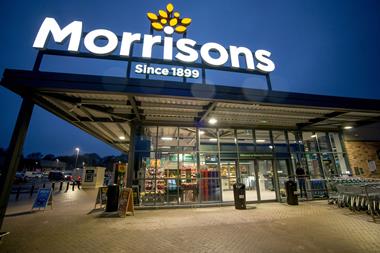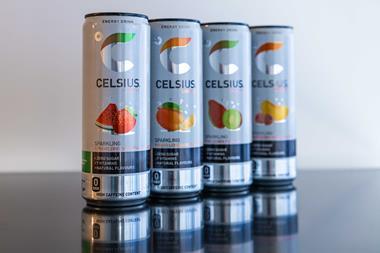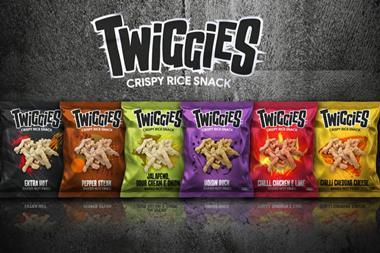Its that time of year again. ‘School’s out for summer’ and ‘back to school’ promotions are already in-store as the supermarkets look to drive sales at the expense of traditional clothing retailers.
Many food retailers have been very successful in running event-driven promotions, Tesco in particular. And this focused promotional activity is helping maintain Tesco’s market share above 30% of Homescan Total Till for six months in a row when demand across the overall retail market is weakening.
The recent moves by Asda to highlight the range of promotional offers complementing its EDLP proposition are making an impact, with share up from the low point of 16.6% in March to 17% in the 12 weeks to July 9, but this is still less than a year ago, when share was 17.4%. However, as shopper penetration at Asda is higher than last year in the most recent four weeks - at 36.3% compared with 34.5 % - this could be the springboard for increased spend across food and non-food during the summer months.
Mike Watkins, senior manager of retailer services, says: “Supporting a long-term strategy is the key to success in food retail, not radical changes in direction, which just confuses shoppers and leads to permanent defection.”
He adds: “In the competitive UK market where there are two big food retailers who both claim to be the shopper’s champion when it comes to price, and two other food retailers with national scale, it’s perfectly feasible for one or more of these to lose share for six to nine months but then quickly gain it back. I expect Asda to finish the year on a roll.”
How strong, of course, depends on whether Sainsbury continues to hold market share, now a consistent 15.8% over the past year - and it has also gained new shoppers since the start of the year. It also depends on how quickly Morrisons stabilises share at around 11% now that the divestments are approaching completion.
All supermarket chains see the opportunity to steal sales from other channels, as this grows the cake, and are currently targeting clothing, home and leisure and entertainment with increased promotional activity.
The successful will have the most relevant and interesting non-food promotions, giving consumers a financial reason to spend differently once their food shopping has been done.
Many food retailers have been very successful in running event-driven promotions, Tesco in particular. And this focused promotional activity is helping maintain Tesco’s market share above 30% of Homescan Total Till for six months in a row when demand across the overall retail market is weakening.
The recent moves by Asda to highlight the range of promotional offers complementing its EDLP proposition are making an impact, with share up from the low point of 16.6% in March to 17% in the 12 weeks to July 9, but this is still less than a year ago, when share was 17.4%. However, as shopper penetration at Asda is higher than last year in the most recent four weeks - at 36.3% compared with 34.5 % - this could be the springboard for increased spend across food and non-food during the summer months.
Mike Watkins, senior manager of retailer services, says: “Supporting a long-term strategy is the key to success in food retail, not radical changes in direction, which just confuses shoppers and leads to permanent defection.”
He adds: “In the competitive UK market where there are two big food retailers who both claim to be the shopper’s champion when it comes to price, and two other food retailers with national scale, it’s perfectly feasible for one or more of these to lose share for six to nine months but then quickly gain it back. I expect Asda to finish the year on a roll.”
How strong, of course, depends on whether Sainsbury continues to hold market share, now a consistent 15.8% over the past year - and it has also gained new shoppers since the start of the year. It also depends on how quickly Morrisons stabilises share at around 11% now that the divestments are approaching completion.
All supermarket chains see the opportunity to steal sales from other channels, as this grows the cake, and are currently targeting clothing, home and leisure and entertainment with increased promotional activity.
The successful will have the most relevant and interesting non-food promotions, giving consumers a financial reason to spend differently once their food shopping has been done.



















No comments yet